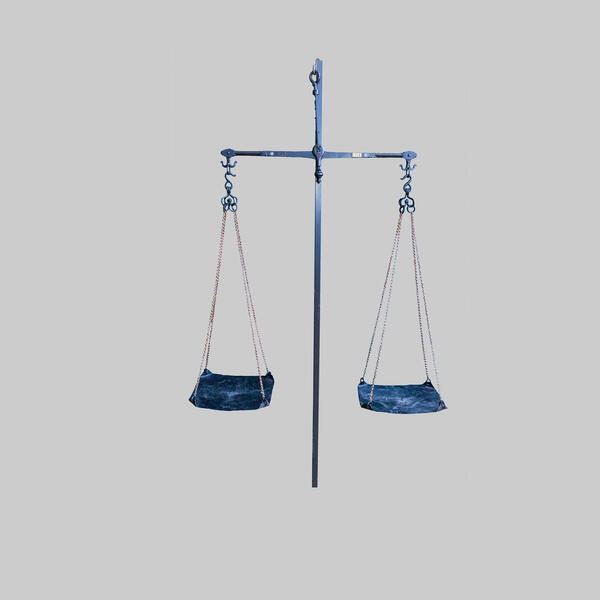By the 18th century, Tobolsk had reached its special peak. The city remained the administrative center of Siberia, in this period culture, education, industry were rapidly developing. The Siberian highway passed through Tobolsk, which had a great influence on the development of trade relations between Siberia and the European part of Central Russia. Trade with China and Central Asia was finally established.
In 1703-1708, Gostiny Dvor was built in Tobolsk and it was one of the largest barter yards in Siberia for a long time. On the upper floor there were hotel rooms, on the first floor there were retail stores, and below them there were storerooms for storing goods. The customs office was located above the Eastern entrance gate.
The management inspected the goods, issued the letters carriageways, collected fees and confiscated illegally exported items. The government placed the fur trade under special customs control.
Customs heads strictly ensured that trade was conducted only in Gostiny Dvor, and furs were traded only after paying yasak (tribute paid off in furs). The ‘Siberian payment’, travel and trade taxes were taken from merchants.
The scales were used exactly at such customs inspections. The Museum displays scales, Russian, representing an equal-arm yoke with two rectangular bowls suspended from it on chains and with marks: ‘1718’ and ‘SIBIR.’ It is difficult for researchers to estimate what products the scales were used to weigh.
Scales became a common means of measurement in the second century BC. The scales then was a construction of an equal-arm yoke with bowls attached on a flexible hitch along its edges. Themis, the Greek goddess of justice, holds exactly the same scales in the hand. The ancestor of the theory of scales was Aristotle. It is interesting that in 1841, inside the Peter and Paul fortress, a ‘Depot of Exemplary Measures and Weights’, was built, which in 1892 was headed by the citizen of Tobolsk Dmitry Mendeleev. At the initiative of the scientist, the depot was reorganized into the Main Chamber of Weights and Measures.
In 1703-1708, Gostiny Dvor was built in Tobolsk and it was one of the largest barter yards in Siberia for a long time. On the upper floor there were hotel rooms, on the first floor there were retail stores, and below them there were storerooms for storing goods. The customs office was located above the Eastern entrance gate.
The management inspected the goods, issued the letters carriageways, collected fees and confiscated illegally exported items. The government placed the fur trade under special customs control.
Customs heads strictly ensured that trade was conducted only in Gostiny Dvor, and furs were traded only after paying yasak (tribute paid off in furs). The ‘Siberian payment’, travel and trade taxes were taken from merchants.
The scales were used exactly at such customs inspections. The Museum displays scales, Russian, representing an equal-arm yoke with two rectangular bowls suspended from it on chains and with marks: ‘1718’ and ‘SIBIR.’ It is difficult for researchers to estimate what products the scales were used to weigh.
Scales became a common means of measurement in the second century BC. The scales then was a construction of an equal-arm yoke with bowls attached on a flexible hitch along its edges. Themis, the Greek goddess of justice, holds exactly the same scales in the hand. The ancestor of the theory of scales was Aristotle. It is interesting that in 1841, inside the Peter and Paul fortress, a ‘Depot of Exemplary Measures and Weights’, was built, which in 1892 was headed by the citizen of Tobolsk Dmitry Mendeleev. At the initiative of the scientist, the depot was reorganized into the Main Chamber of Weights and Measures.



